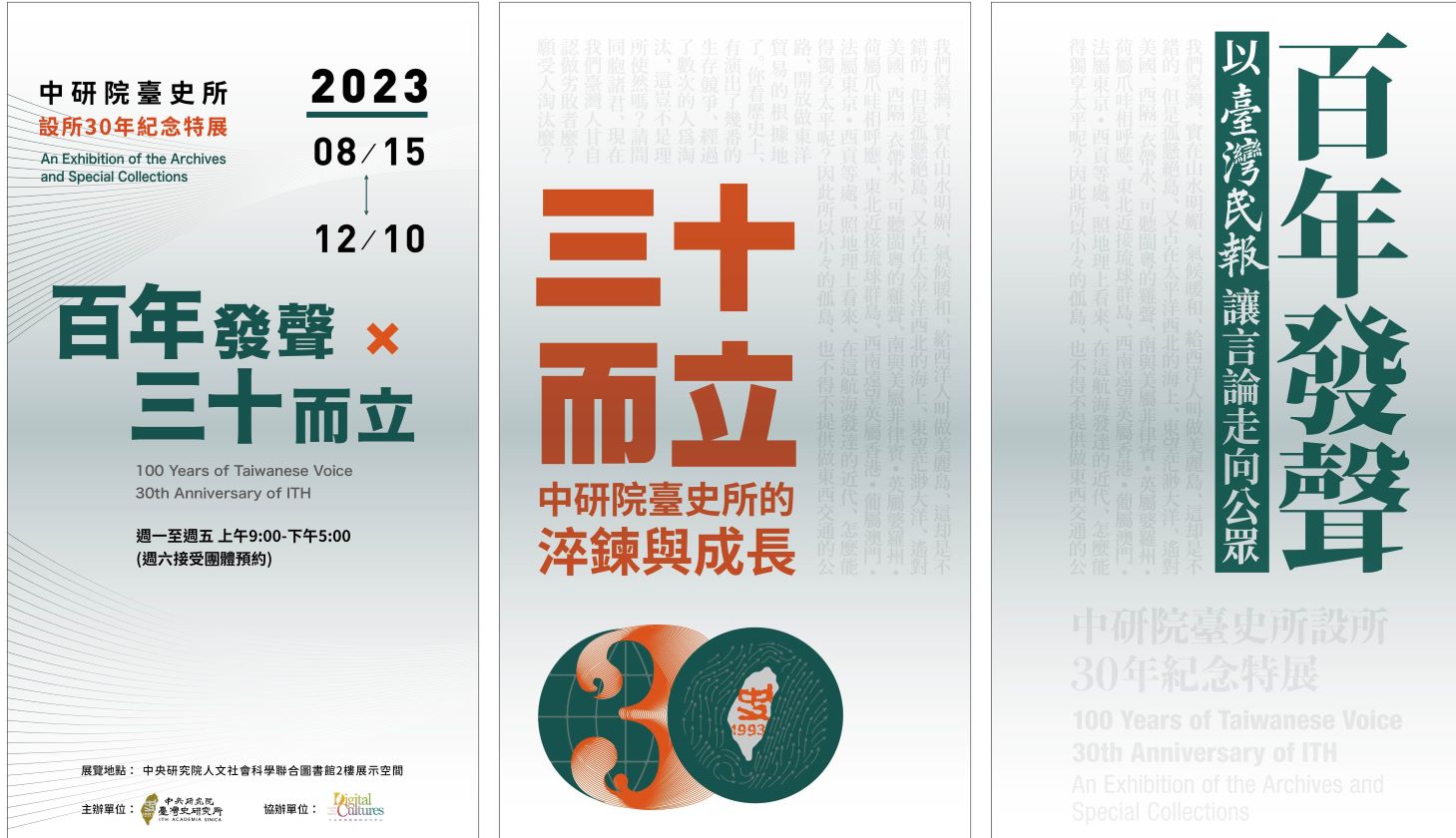|
In 1939, Ye Sheng-ji (1923-1950, born in Tainan), a student at Tainan First Senior High School, joined a school excursion from July 9th to 30th. He and his classmates took Horai Maru, operated by the Osaka Ship Company, and traveled around Kyushu, Kansai, and Kanto. In 1941, he went to Japan to pursue higher education. In 1945, he entered medical school at Tokyo Imperial University. After Japan’s surrender, he went back to Taiwan and continued to study medicine at National Taiwan University (NTU), during which time he joined the Communist Party. In May, 1950, he was arrested by the KMT government and killed in November of the same year. The diary Ye Sheng-ji left covered 1938 to 1950. During these years, the diary written in July, 1939 is the most complete record concerning school excursions during the Japanese colonial period (see Figure 1).  Figure 1: Cover of The Diary of Ye Sheng-ji (1939).
Source: Ye Sheng-ji Papers, Taiwan Archival Information System Hsu Hsueh-chi, a faculty member at the Institute of Taiwan History, discussed the characteristics of a diary: “A diary is a written record of one’s feelings and actions kept by a person every day. It is the closest confession of the writer. Diaries genuinely reflect the various dimensions of the writer’s times. They are not like official documents which are disguised and deploy rhetoric. In fact, they reveal peoples’ special perspectives and stories.” Hence, travel diaries reflect travelers’ interpretation and representation of their journeys. From July 10th to 31th, 1939, Chang Lian-xin (1921-2014, born in Kaohsiung), an eighteen-year-old juvenile who studied at Pingtung Agriculture School, joined a 22-day school excursion to Japan. This excursion included 64 students from the Department of Livestock and Agriculture, three faculty members, and one photographer. The excursion schedule recorded where and when the group went, temples they were going to worship, and names of their accommodations (see Figure 2). 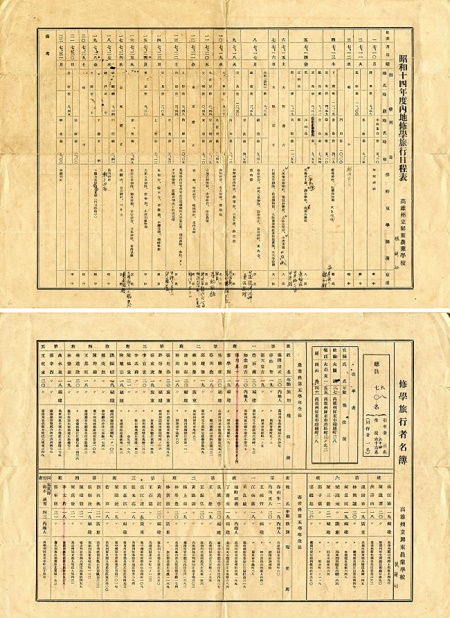 Figure 2: Schedule and list of participants of Pingtung Agriculture School’s excursion in 1939.
Source: Chang Lian-xin Papers, Taiwan Archival Information System During the colonial period, “imperial subjects” (including Japanese and Taiwanese) who planned to travel abroad had to first apply for a passport. Through issuing the passports, the Japanese Government could identify its people, keep track of their schedule and provide appropriate protection when needed. The registry of passports recorded a traveler’s name, identity, age, address, purpose for traveling, destination etc. These records were arranged according to the locations of the state governments that issued each passport, in the order from the north to the south, to the east, and finally delivered to the Ministry of Foreign Affairs every three months. For instance, the following image of the registry of passports shows that in 1926, several travelers went to Tianjin, Fuzhou, Shanghai, Nanjing, and Xiamen for studying or visiting (see Figure 3). 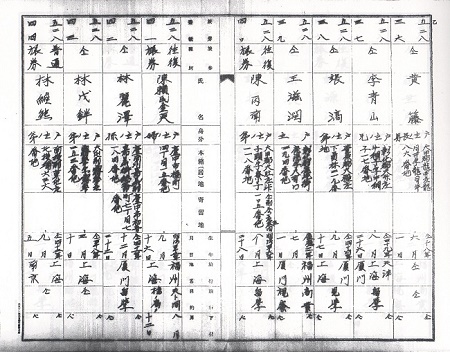 Figure 3: Image of the registry of passports recorded from July to September, 1926.
Source: Registry of Passports Issued by Taiwan Government-General, Taiwan Archival Information System The monthly magazine published by the Tokyo Art School Alumni Association recorded information and students’ reflections on school excursions(see Figure 4). A senior yearbook published by the Taihoku College of Commerce retained students’ photographs taken in Manchuria, Korea, and Southeast Asia (see Figure 5). Journal of Higher Education Examination, first published in 1932, was an important journal to Taiwanese who were planning to study in Japan, Manchuria, or Korea. This journal included not only references to examinations, but also reservation information on local hotels. For example, figure 6 shows an article introducing recommended hotels in Tokyo. In addition, the Michael H. Finegan Collection includes world scenery postcards that were published during the Japanese colonial period, helping us to reconstruct the collective memories from school excursions at that time (see Figure 7). 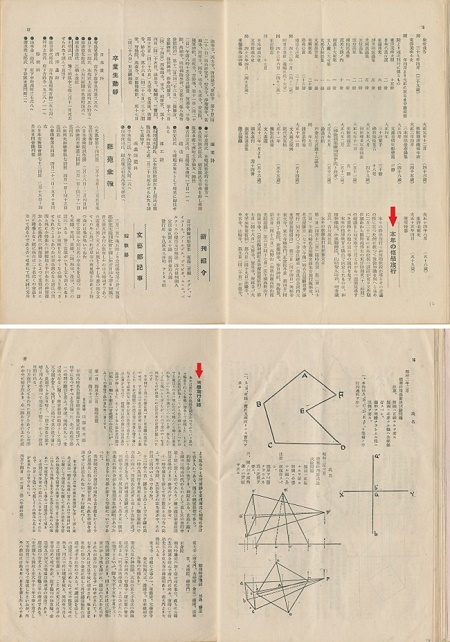 Figure 4: Images of the monthly magazine published by the Tokyo Art School Alumni Association in 1927, vol. 25, no. 8 and vol. 26, no. 1.
Source: Guo Shuang-fu Collection, Taiwan Archival Information System  Figure 5: Images of the Taihoku College of Commerce’s 1938 senior yearbook.
Source: Records Concerning Education, Taiwan Archival Information System 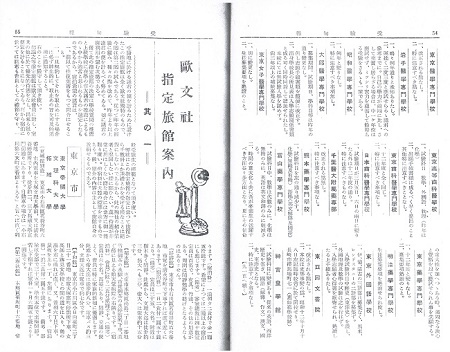 Figure 6: Travel guide from the Journal of Higher Education Examination, vol. 7, no. 38, 1938.
Source: Journal of Higher Education Examination, Taiwan Archival Information System  Figure 7: Images of Shanghai Tang.
Source: Michael H.Finegan Collection, Taiwan Archival Information System |
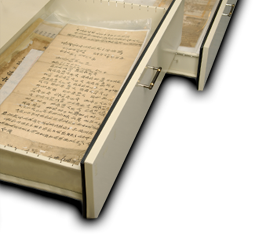 |


